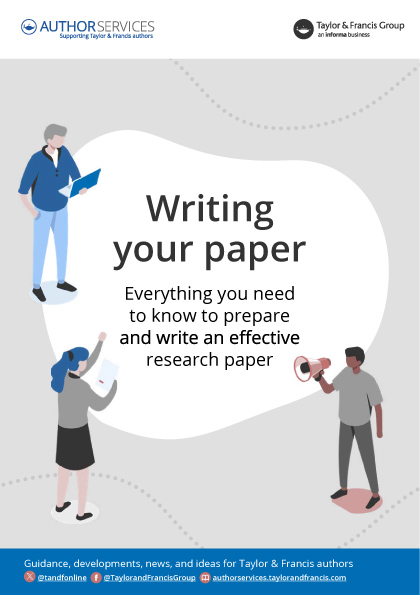In scholarly literature, there are many different kinds of articles published every year. Original research articles are often the first thing you think of when you hear the words ‘journal article’. In reality, research work often results in a whole mixture of different outputs and it’s not just the final research article that can be published.
Finding a home to publish supporting work in different formats can help you start publishing sooner, allowing you to build your publication record and research profile.
But before you do, it’s very important that you check the instructions for authors and the aims and scope of the journal(s) you’d like to submit to. These will tell you whether they accept the type of article you’re thinking of writing and what requirements they have around it.
Understanding the different kind of articles
There’s a huge variety of different types of articles – some unique to individual journals – so it’s important to explore your options carefully. While it would be impossible to cover every single article type here, below you’ll find a guide to the most common research articles and outputs you could consider submitting for publication.
Book review
Many academic journals publish book reviews, which aim to provide insight and opinion on recently published scholarly books. Writing book reviews is often a good way to begin academic writing. It can help you get your name known in your field and give you valuable experience of publishing before you write a full-length article.
If you’re keen to write a book review, a good place to start is looking for journals that publish or advertise the books they have available for review. Then it’s just a matter of putting yourself forward for one of them.
You can check whether a journal publishes book reviews by browsing previous issues or by seeing if a book review editor is listed on the editorial board. In addition, some journals publish other types of reviews, such as film, product, or exhibition reviews, so it’s worth bearing those in mind as options as well.
Get familiar with instructions for authors
Be prepared, speed up your submission, and make sure nothing is forgotten by understanding a journal’s individual requirements.
Publishing tips, direct to your inbox
Expert tips and guidance on getting published and maximizing the impact of your research. Register now for weekly insights direct to your inbox.

Case report
A medical case report – also sometimes called a clinical case study – is an original short report that provides details of a single patient case.
Case reports include detailed information on the symptoms, signs, diagnosis, treatment, and follow-up of an individual patient. They remain one of the cornerstones of medical progress and provide many new ideas in medicine.
Depending on the journal, a case report doesn’t necessarily need to describe an especially novel or unusual case as there is benefit from collecting details of many standard cases.
Take a look at F1000Research’s guidance on case reports, to understand more about what’s required in them. And don’t forget that for all studies involving human participants, informed written consent to take part in the research must be obtained from the participants – find out more about consent to publish.
Clinical study
In medicine, a clinical study report is a type of article that provides in-depth detail on the methods and results of a clinical trial. They’re typically similar in length and format to original research articles.
Most journals now require that you register protocols for clinical trials you’re involved with in a publicly accessible registry. A list of eligible registries can be found on the WHO International Clinical Trials Registry Platform (ICTRP). Trials can also be registered at clinicaltrials.gov or the EU Clinical Trials Register. Once registered, your trial will be assigned a clinical trial number (CTN).
Before you submit a clinical study, you’ll need to include clinical trial numbers and registration dates in the manuscript, usually in the abstract and methods sections.
Commentaries and letters to editors
Letters to editors, as well as ‘replies’ and ‘discussions’, are usually brief comments on topical issues of public and political interest (related to the research field of the journal), anecdotal material, or readers’ reactions to material published in the journal.
Commentaries are similar, though they may be slightly more in-depth, responding to articles recently published in the journal. There may be a ‘target article’ which various commentators are invited to respond to.
You’ll need to look through previous issues of any journal you’re interested in writing for and review the instructions for authors to see which types of these articles (if any) they accept.





